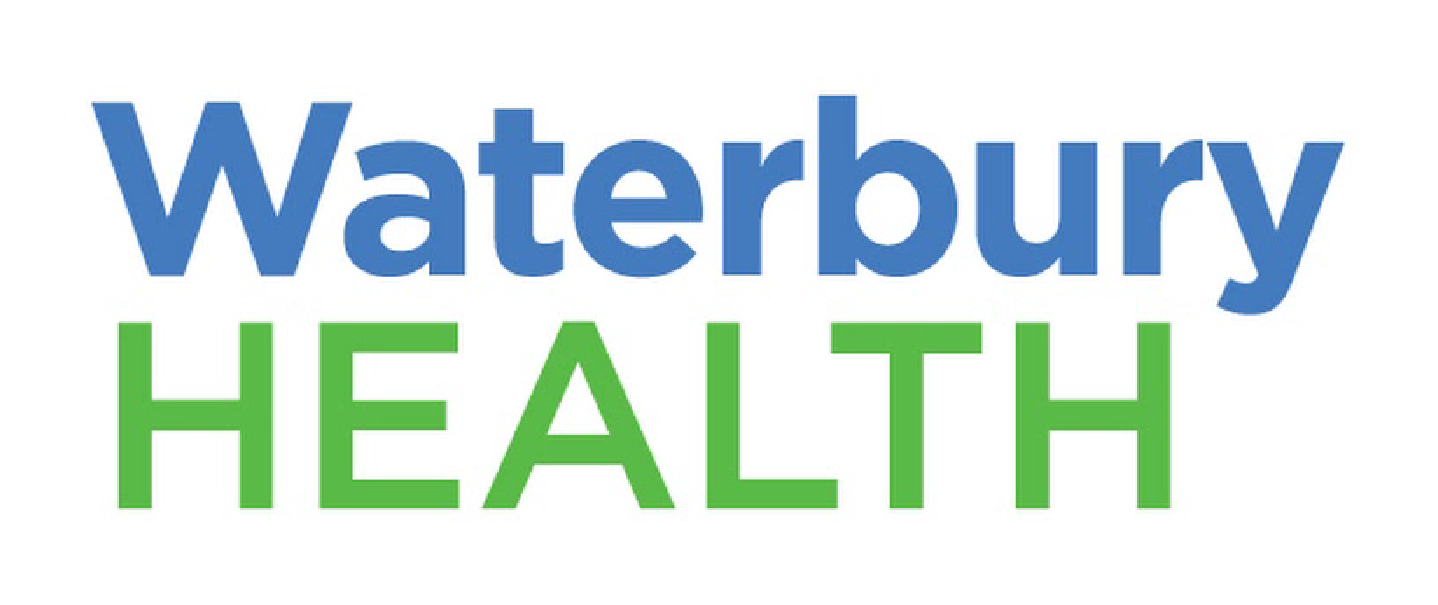Screening for Lung Cancer Can Be a Lifesaver!
November is Lung Cancer Awareness Month, a time to support people with lung cancer and inform the public about the disease – including recently approved screening tests that have been proven to save lives.
While anti-smoking campaigns have encouraged many Americans to give up cigarettes in recent years, lung cancer remains by far the leading cause of cancer deaths in the U.S. and the second most common cancer in both men and women. Lung cancer makes up almost 25% of all cancer deaths, killing more people than colon, breast, and prostate cancer combined. The American Cancer Society estimates that 131,880 American men and women will die from lung cancer in 2021.
There is hope, though. Advances in screening mean lung cancer can now be detected early when it is more likely to be curable. According to the American Lung Association, if lung cancer is caught before it spreads, the likelihood of surviving five or more years is 59%.
That’s why it’s so important to be screened – especially if you are considered at higher risk for developing lung cancer.
Risk Factors for Lung Cancer
By now, most of us are aware of the link between smoking and lung cancer. Research has estimated that smoking or exposure to second-hand smoke is the cause of 85-90% of all lung cancer cases. The good news is that the rate of new lung cancer cases is decreasing every year, in part because people are heeding the message and quitting smoking.
People who smoke – or who have a history of having smoked in the past – have a much higher risk of developing lung cancer than non-smokers.
Age also is a factor. Generally, lung cancer occurs in people 65 or older. Only a very small number of people younger than 45 are diagnosed with lung cancer.
Screening for Lung Cancer
Researchers have studied regular chest X-rays as a screening test for lung cancer. However, the results have not indicated that they are effective in helping prolong the lives of most people considered at higher risk for lung cancer.
A more recently approved screening test – known as a low-dose computed tomography (LDCT) scan – is considered more effective in helping identify potential cancers in the lungs. During an LDCT scan, a computer linked to an X-ray machine that emits a very low dose of radiation creates 3-D views of tissues and organs inside the patient’s body. This gives the radiologist a much more detailed and accurate image of areas such as the lungs. Unlike chest X-rays, annual screening by LDCT scans has been found to save the lives of people at higher risk for lung cancer by detecting abnormal areas in the lungs before cancer symptoms develop.
Who Should Be Screened?
The American Cancer Society advises healthcare providers and people at increased risk for lung cancer who have no symptoms to follow the recently updated recommendations for annual lung cancer screening from the U.S. Preventive Services Task Force (USPSTF), the American Academy of Family Physicians (AAFP), or the American College of Chest Physicians. These organizations recommend annual screening with LDCT for people who:
- Are 50 to 80 years old
- Smoke now or have quit smoking within the past 15 years
- Have at least a 20 pack-year smoking history. (A pack-year is defined as smoking an average of one pack of cigarettes per day for one year. A person could have a 20 pack-year history by smoking one pack a day for 20 years or two packs a day for 10 years.)
If you are considering getting tested annually for lung cancer, you should talk to your doctor about risks associated with screening, including exposure to radiation from repeated LDCT scans that could potentially cause cancer.
And if you have postponed your annual lung cancer screening because of the COVID-19 pandemic, ask your doctor about the safety precautions that have been put in place at the healthcare facility where you go for your tests so you can get back on a regular schedule.
Remember: While annual screening is recommended for high-risk individuals, the best way to reduce your risk for lung cancer is to not smoke and to avoid second-hand smoke!
